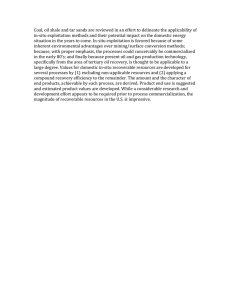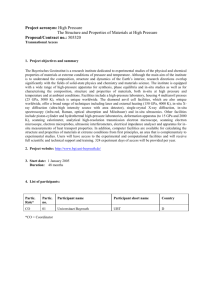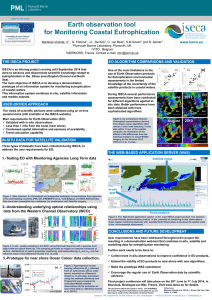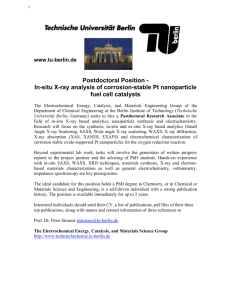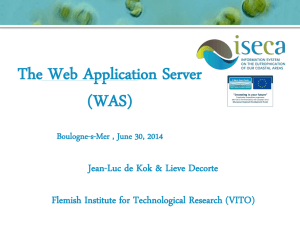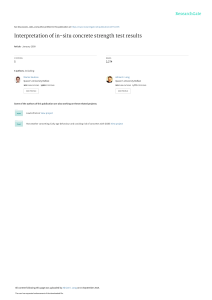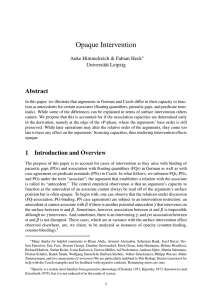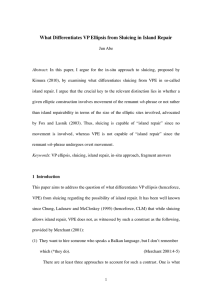Intervention effects as diagnosing interrogative LFs Hadas Kotek, MIT wh
advertisement
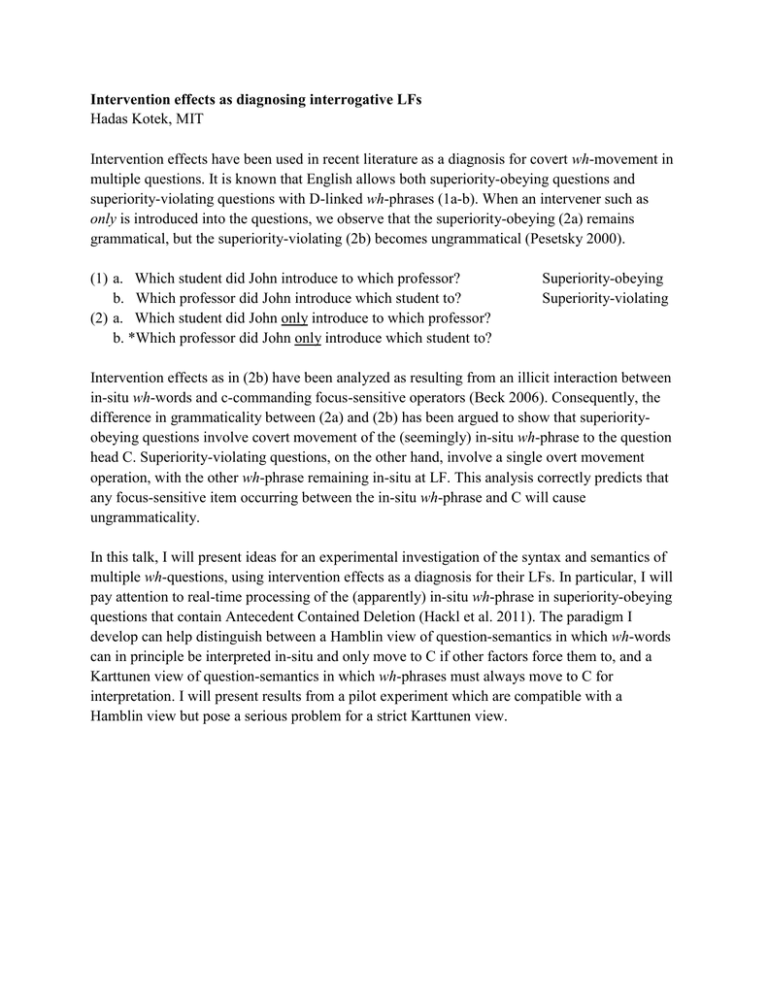
Intervention effects as diagnosing interrogative LFs Hadas Kotek, MIT Intervention effects have been used in recent literature as a diagnosis for covert wh-movement in multiple questions. It is known that English allows both superiority-obeying questions and superiority-violating questions with D-linked wh-phrases (1a-b). When an intervener such as only is introduced into the questions, we observe that the superiority-obeying (2a) remains grammatical, but the superiority-violating (2b) becomes ungrammatical (Pesetsky 2000). (1) a. Which student did John introduce to which professor? b. Which professor did John introduce which student to? (2) a. Which student did John only introduce to which professor? b. *Which professor did John only introduce which student to? Superiority-obeying Superiority-violating Intervention effects as in (2b) have been analyzed as resulting from an illicit interaction between in-situ wh-words and c-commanding focus-sensitive operators (Beck 2006). Consequently, the difference in grammaticality between (2a) and (2b) has been argued to show that superiorityobeying questions involve covert movement of the (seemingly) in-situ wh-phrase to the question head C. Superiority-violating questions, on the other hand, involve a single overt movement operation, with the other wh-phrase remaining in-situ at LF. This analysis correctly predicts that any focus-sensitive item occurring between the in-situ wh-phrase and C will cause ungrammaticality. In this talk, I will present ideas for an experimental investigation of the syntax and semantics of multiple wh-questions, using intervention effects as a diagnosis for their LFs. In particular, I will pay attention to real-time processing of the (apparently) in-situ wh-phrase in superiority-obeying questions that contain Antecedent Contained Deletion (Hackl et al. 2011). The paradigm I develop can help distinguish between a Hamblin view of question-semantics in which wh-words can in principle be interpreted in-situ and only move to C if other factors force them to, and a Karttunen view of question-semantics in which wh-phrases must always move to C for interpretation. I will present results from a pilot experiment which are compatible with a Hamblin view but pose a serious problem for a strict Karttunen view.
